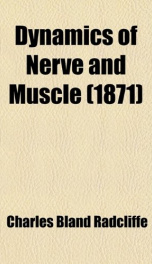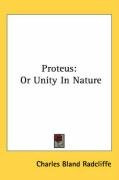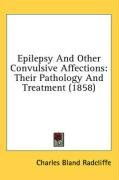dynamics of nerve and muscle

Purchase of this book includes free trial access to www.million-books.com where you can read more than a million books for free. This is an OCR edition with typos. Excerpt from book: ence in the production of muscular action. The facts, indeed, are precisely what they ought not to be if nervous influence brings about muscular action by acting as a stimulus to a vital property of irritability inherent in living muscle, and precisely what they ought to be if this action be counteracted by nervous influence; and with this general remark the question of the action of nervous influence in the production of muscular motion may be dismissed for the present. Chapter X. ON THE PHENOMENA OF RHYTHMICAL MUSCULAR ACTION AS ELUCIDATING THE ACTION OF NERVE AND MUSCLE. (A.) ON THE ACTION OF THE HEART. HE action of the heart is simplified by studying the movements of tlte ventricles before proceeding to deal with those of the auricles. For reasons which will soon become apparent, it is desirable in studying the action of the heart to deal with the movements of the ventricles before having to do with those of the auricles. Beginning, indeed, with the movements of the ventricles, and remembering the conclusions already arrived at respecting muscular motion, the way soon opens along which it is only necessary to go step by step in order to arrive in the end at a satisfactory solution of a problem which at the beginning seemed to be all but hopelessly perplexing. The diastole of the ventricles coincides with tlie time when red blood is injected into the ventricular wallsthrough the coronary arteries, the systole with the time when this red blood may be supposed to have become black, so that with the muscle of the ventricle as with ordinary muscle tlie same rule holds good of arterial blood counteracting, not causing, the state of action. At the beginning of the ventricular diastole the coronary arteries fill out with the fresh red blood which is pumped into th...
Info about the book
Author:
Series:
Unknown
ISBN:
1175995193
Rating:
3/5 (4)Your rating:
0/5
Languge:
English
Users who have this book
Users who want this book
What readers are saying
What do you think? Write your own comment on this book!
write a commentif you like dynamics of nerve and muscle try:
Do you want to read a book that interests you? It’s EASY!
Create an account and send a request for reading to other users on the Webpage of the book!




